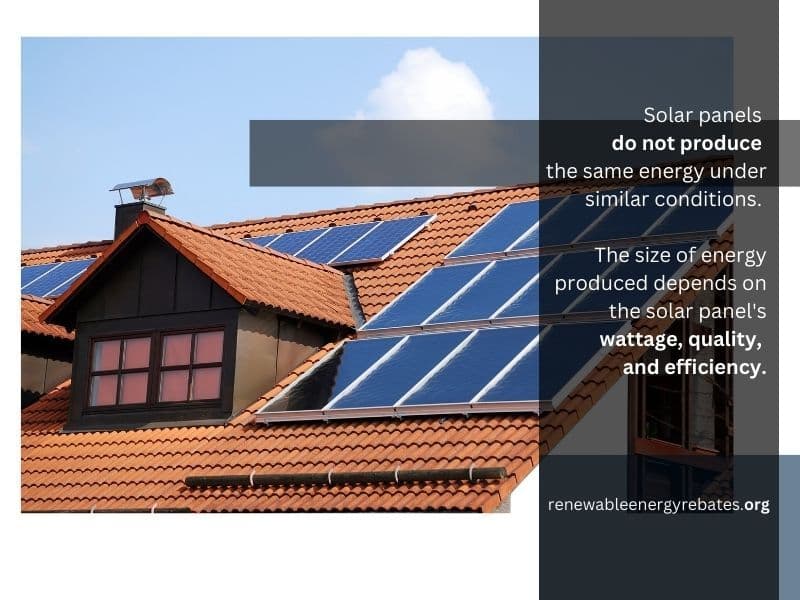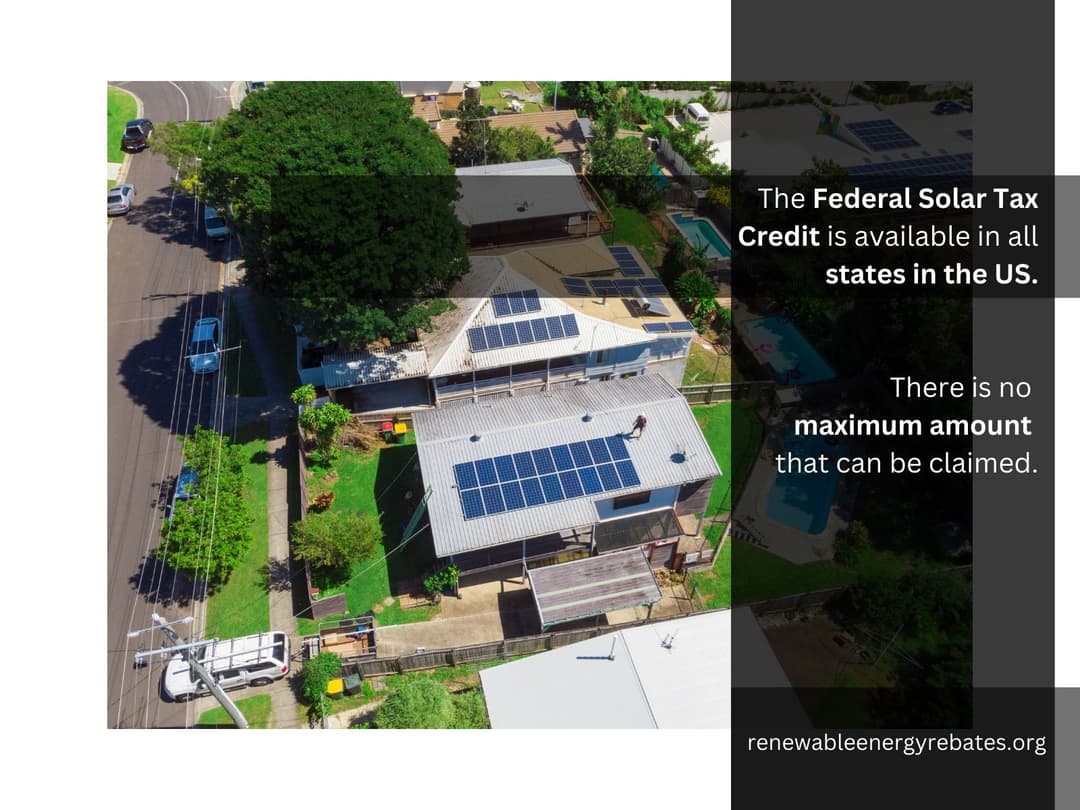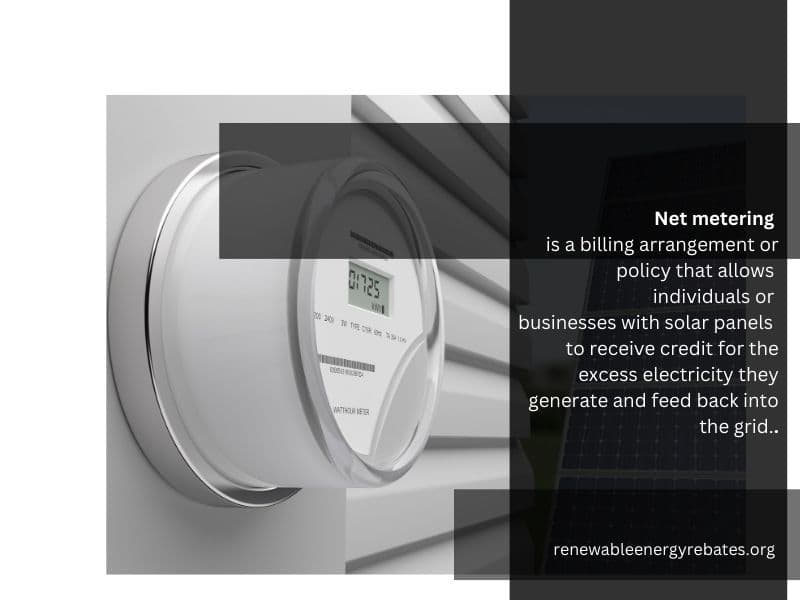Maryland Solar Rebates and Incentives
How Much Can You Save on Solar in Maryland?
Key Details
- Homeowners in Maryland can save up to 30% with the Federal tax credit.
- Maryland Property Tax Exemption for Solar and Wind Energy Systems shields owners from additional taxes on their homes when they install a new solar system.
- Net metering allows residents who generate extra energy to qualify for credits which will reduce their electricity bill.
- Solar Renewable Energy Certificates (SREC) grants one Maryland SREC for each MWh of clean electricity the panels produce, which can be sold on the SREC market.
- 100% sales tax exemption is applicable on the purchase of new solar panels in Maryland.
Maryland gets about 4,267 kJ per square metre of solar energy which translates roughly to 2,582 hours of sunlight received per year.
As of 2023, Maryland has 86 solar installations in the state, all of which generate about 1,524 megawatts in the state. According to the 2021 U.S Electricity Profile, the average retail cost for grid electricity in Maryland is 11.48 cents for one kilowatt per hour.

A 6kW solar system in Maryland costs $15,540 but homeowners can save up to $3,419 with the 2021 Federal tax credit value of up to 30%.
| Maryland Solar Incentives | State or Federal | Program Overview |
| Solar Investment Tax Credit | Federal | ITC aims to effectively reduce the cost of solar energy systems by 26% in Maryland. |
| Residential Clean Energy Grant Program | State | Maryland residents can take advantage of this grant and receive up to $1000 when they purchase and install eligible renewable energy generating systems at their primary place of residence. |
| Maryland Solar Power Tax Credits | State | Property Tax Exemption for Solar and Wind Energy Systems shields Maryland residents from paying any additional taxes on the increased value of their homes when they install a new solar system. |
| The Federal Solar Tax Credit | Federal | Maryland residents can reduce the cost of their PV solar energy system by up to 30% through the Federal Solar Tax Credit. |
| Maryland Net Metering | State | Net metering allows Maryland residents who generate extra energy to apply it to their next electric payment as a credit or withdraw it when they need more energy. |
| Solar Renewable Energy Certificates (SREC) | State | The SREC program grants Maryland residents one Maryland SREC for each megawatt-hour (MWh) of clean electricity their panels produce. This product is marketable on the SREC market. |
Federal Solar Tax Credit in Maryland
The federal solar tax credit was introduced in the U.S. through the Energy Policy Act of 2005 to incentivize people into adopting solar energy and ultimately reduce greenhouse gas emissions in the country.
Originally known as the Investment Tax Credit (ITC), the federal solar tax credit or what is now known as the Residential Clean Energy Credit works essentially like a coupon for a tax deduction. The Federal Solar Tax Credit is applicable to both residential and commercial properties.
When you purchase a house and install a solar PV system in it, you are automatically eligible to enjoy the credit on your tax liability.
This means if as a homeowner in Maryland, the total cost for installation of your solar PV system is $10,000, your solar tax credit will be $3,000. The tax credit can then be claimed as a deduction from your federal income tax for the year.
So, if you were supposed to pay $5,000 as tax, the solar credit will reduce it to $2,000. Additionally, if your tax returns for the year are not up to the solar credit you are eligible for, you can roll over the remaining credits to be applied to your taxes the following year.

Note: The tax credit is not a refund. The credit will only be deducted from your federal income taxes and will not be paid to you in cash. Also, the 30% tax credit can be claimed just once and only on federal taxes. However, this does not affect rebates from the state government.
Due to little tweaks in the law concerning the energy credit, the rate schedule of the tax credit may differ depending on the finish date of construction.
Solar projects where construction finishes between 2022 and 2032, will be eligible for a 30% reduction. Furthermore, a 26% tax cut goes to solar projects where construction ends in 2033 and 22% to solar projects completed in 2034.
The federal tax credit is only available till 2034 and does not extend beyond that year.
Eligibility
You are eligible for the federal solar tax credit if you fulfil the following criteria:
You own a solar PV system on your residence: Please note the tax is only applicable to residences in the U.S.
If the residence with the solar PV is not for lease: you are only eligible for the solar credit if you do not lease the property with the solar system.
You do not lease the solar PV system on your property: you cannot claim the federal solar credit if you are renting the solar system on your property. Rather, the credit goes to the third party that owns the solar PV system.
The solar PV system is being used for the first time.
Have enough tax liability: you can only get deductions out of taxes owed but if you do not owe taxes, you will not be able to get the tax credit.
How do I claim the Federal Solar Tax Credit in Maryland?
Claiming the federal solar tax credit in Maryland is quite easy. First, you will need a total of four IRS tax forms:
Then you only need to follow the following quick steps:
Step 1. Seek professional tax advice to know if you are eligible for the tax credit.
Step 2. Complete IRS Form 5695 to input the value of your solar tax credit and show you are qualified for the renewable energy tax credits. This means you have to enter the total amount you spent when installing your solar energy system.
Step 3. Transfer any tax credit you have left from the previous year. If this is your first time filing for a task credit, you can skip this process.
Step 4. Check for restrictions on your solar tax credit. You can search for restrictions by checking the information in the spreadsheet provided at the top of page 4 of the 5695 instructions.
Step 5. Go back to form 5695 and calculate how much of the balance can be rolled over to next year's tax return.
Step 6. Lastly, add the solar tax credit information that is on Form 5695 to your total on Form 1040 to reduce the amount you owe in taxes.
Net Energy Metering in Maryland
The state of Maryland allows net metering of all renewable energy generating systems including solar, biomass, wind, fuel cell, and so on.
Under current Maryland law, SB 407 and SB 508, residences, businesses, schools or government entities that generate electricity from a clean energy source are permitted to send excess energy to the grid system in exchange for deductions in their total energy bill for a particular period of time. This is available till the aggregate capacity of all metered systems reaches the statewide cap of 3,000 megawatts.

This means as a homeowner in Maryland with a solar PV system, if the energy you consumed for a given month is less than what you generated, you will receive credit for every kilowatt per hour which will then be applied towards months when you consume more energy. This ultimately reduces your energy bill.
However, there are rules to it. Firstly, generating capacity of eligible systems must be limited to 5 megawatts or 200% of the owner’s annual baseline electricity usage. The owner must also be connected to a utility company since the utility company will be the one to install a meter to calculate electricity usage and to offer a net metering tariff or contract at a fair rate.
How to Enrol for Net Energy Metering in Maryland
Enrolling on net energy metering in Maryland is very simple. Use the next steps to enrol your PV system on the state grid:
Step 1.. After completing the installation of your solar PV system, contact your utility provider to apply for an Interconnection Agreement. The interconnection agreement contains details about your solar PV system.
Step 2.. Complete the Interconnection agreement and hand it over to your solar contractor. Your solar contractor will be the one to send it to the utility company.
Step 3. Your contractor will then return to you a signed and dated Interconnection Agreement Certificate of Completion containing approval from the utility company.
Step 4.. Lastly, you will submit your signed copy of the Interconnection Agreement Certificate of Completion to the Maryland Public Service Commission.
Some of the recognised utility providers in Maryland include Easton Utilities, Southern Maryland Electric Cooperative (SMECO), Town of Berlin Utilities, A&N Electric Cooperative, ETC.
Maryland Property Tax Exemption
Maryland excludes homeowners using solar energy systems from being taxed on their electricity-generating systems. This is due to the Property Tax Exemption for Solar and Wind Energy Systems which was established in May 2007.
This tax exemption also covers industrial and commercial properties in Maryland. This means while everything else on the property is subject to property taxes, the solar PV itself is wholly exempted from being taxed by the state and local governments. This also includes solar generating systems that are on the power grid.
This exemption is a great bonus for homeowners in Maryland. It costs them less money in taxes and more savings for them.
Residential Clean Energy Rebate Program
Several excellent Maryland tax credits for solar panels are available for homeowners in the state. One of them is the Residential Clean Energy rebate program. The primary purpose of this program is to grant incentives to homeowners who purchase and install eligible renewable energy-generating systems at their primary place of residence in Maryland.
This program is pretty straightforward. You will be paid $1,000 when you install a solar energy system in Maryland. The accepted renewable energy system types for this program include solar hot water, solar shingles, solar PV panels, geothermal tied to a ground source heat pump, and ground source heat pump replacements for systems that have not already received a geothermal system rebate or grant from Maryland Energy Administration.
Also, the requirements don’t just stop at purchasing and installing solar energy systems. You have to ensure that it is located at your primary residence, the system also has to be smaller than 20 kilowatts (kW), and lastly, your installer must have the standard NABCEP certification.
Maryland SRECs Program
Maryland has a Solar Renewable Energy Certificates (SRECs) program. Maryland has a goal to ensure that 2.5% of its electricity comes from solar energy systems. SREC helps in achieving this goal by granting one Maryland SREC for each megawatt-hour (MWh) of clean electricity Maryland resident panels produce. These SREC can then be sold on the SREC market and residents can make money through this incentive.
According to Maryland law, the Solar Renewable Energy certificate refers to the creation of 1 megawatt-hour (MWh) of electricity generation (or equivalent) from an eligible solar facility.
In a bid for electricity suppliers to also comply with this law in Maryland, they have the option of either purchasing and retiring solar renewable energy credits (SRECs) or paying a Solar Alternative Compliance Payment (SACP) for any shortfalls in SREC purchases.
State Sales Tax Exemptions in Maryland
There is a 100% sales tax exemption on the purchase of new solar panels in Maryland. The eligible equipment for this exemption includes equipment that uses solar energy to heat or cool a home, create electricity, or provide hot water. This can save 6% off home solar system state sales tax for residents in Maryland.
In Maryland, the U.S. Energy Information Administration identifies hydropower, solar energy, wind energy and biomass as sources of energy for the state. Based on the EIA’s data, renewable energy made up 12% of the state’s total electricity use in 2021.
Out of this figure, hydropower contributed the largest, with the power coming from the Conowingo hydroelectric generating station. Though wind energy did not contribute a lot to
Maryland’s renewable energy generation, it has two potential wind energy generating plants located offshore that are able to generate a total of 1,270 megawatts of power once they are both online. According to an update to Maryland’s Renewable Portfolio Standards (RPS), residents of the state can only purchase 50% of their electricity from renewable energy sources.
Maryland Household Profile
Maryland is actively involved in reducing greenhouse gas emissions, which is why the legislative arm of the state enacted a law to reduce greenhouse emissions and reach a net-zero emissions level by 2045. In 2021, 37% of the state's total electricity net generation came from the Calvert Cliffs power station which is the only nuclear power plant in the state.
Maryland currently ranks the fourth lowest in the rate of petroleum consumption per capita among the states in the US and its transportation sector alone consumes almost 8 out of every 10 barrels of petroleum in the state.